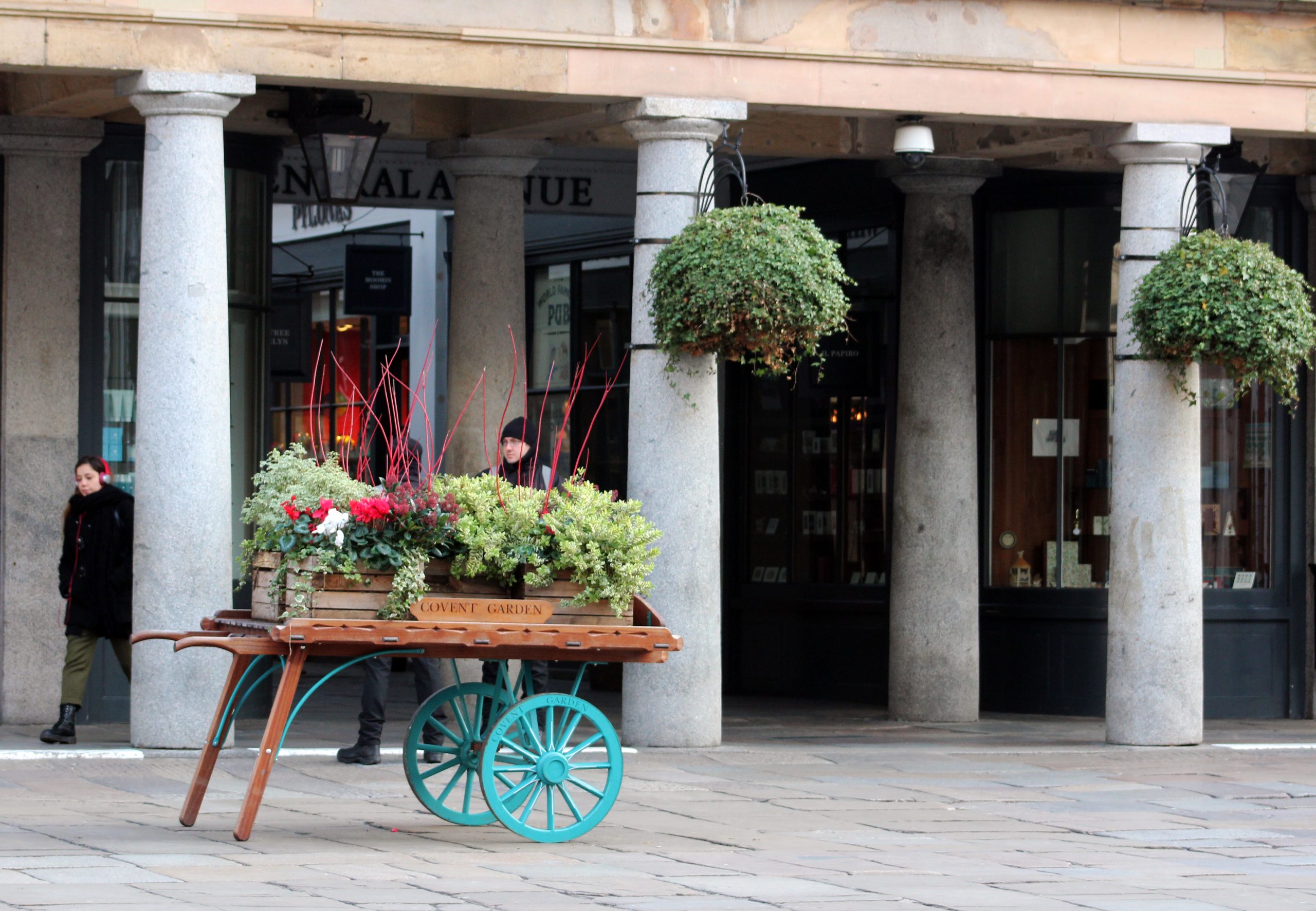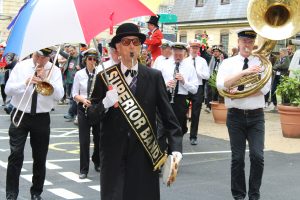In the theatre district of Westminster, a stone’s throw from the Savoy Hotel on the Strand, is Covent Garden. It’s a gem of an area and a chameleon that changes with the times.
Look to its more distant history and you’ll learn that in the Middle Ages this was called Convent Garden. It was a garden belonging to Westminster Abbey. In 1631, the Piazza that you see today was laid out by Inigo Jones. And that’s been through changes too.
A few decades ago the Floral Hall, named when the area was a fruit, veg and flower market, was in the main Piazza. Now it fronts up the Royal Opera House around the corner. It’s a beautiful glass and iron canopy and worth a look.
From 1654 until 1979 this area buzzed with the sounds of early morning deliveries of produce from the countryside. It was immortalised in Lindsey Anderson’s black and white film in 1954, Every Day Except Christmas, which beautifully captured the work of the market vendors. Today the central halls and surrounding area are an eclectic mix of shops, bars and restaurants to satisfy all tastes. But the history survives and makes this a special place.

Samuel Pepys frequented the coffee shops of the time. He wrote of the first Punch and Judy show in the country being performed in Covent Garden. Every year it’s celebrated with a parade around the area. Annually I hear the sounds of the brass band floating up to my flat on a Sunday morning in May. The view from my window reveals a band of Punches, Judies and players are all making their way to St Paul’s Church in the Piazza. Once a year Mr Punch appears in the pulpit as part of the service in memory of his time honoured place in the area.

St Paul’s is the so-called Actor’s Church, because of its connection with the theatre community. Baptisms, burials and memorials reflect the famous such as Charlie Chaplin and Noel Coward. Performances and concerts here are worth keeping an eye open for. There was even a time I performed in a community play in the gardens.
You might imagine seeing the hem of Nell Gwynn’s skirt flashing in the corner of your eye as you pass Drury Lane. Or catch a glimpse of the ghost of Charles Dickens heading to his desk above the 21st century shops.
Covent Garden’s history is alive and well. It’s in the fabric of the buildings, in the atmosphere. And on a summer’s evening there’s nothing better than lingering over a coffee or glass of wine, watching the world go by and musing about who trod those cobbles before you.
Getting there
The closet tube to Covent Garden piazza is Covent Garden on the Piccadilly Line. It’s right on the doorstep.